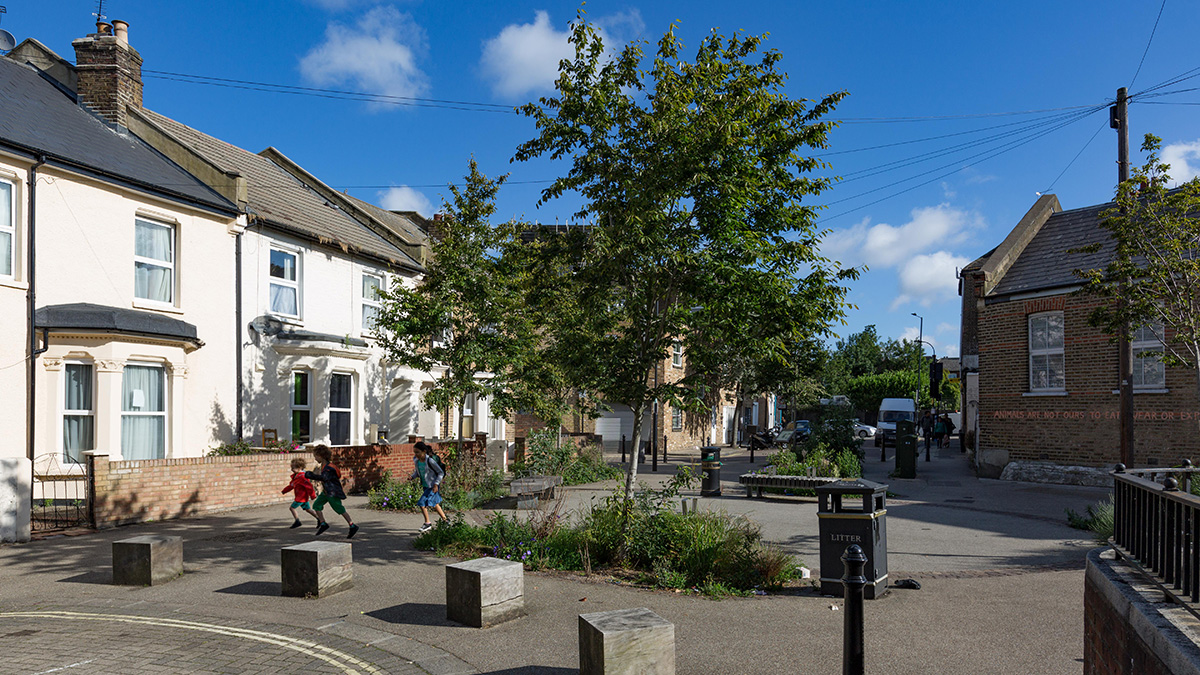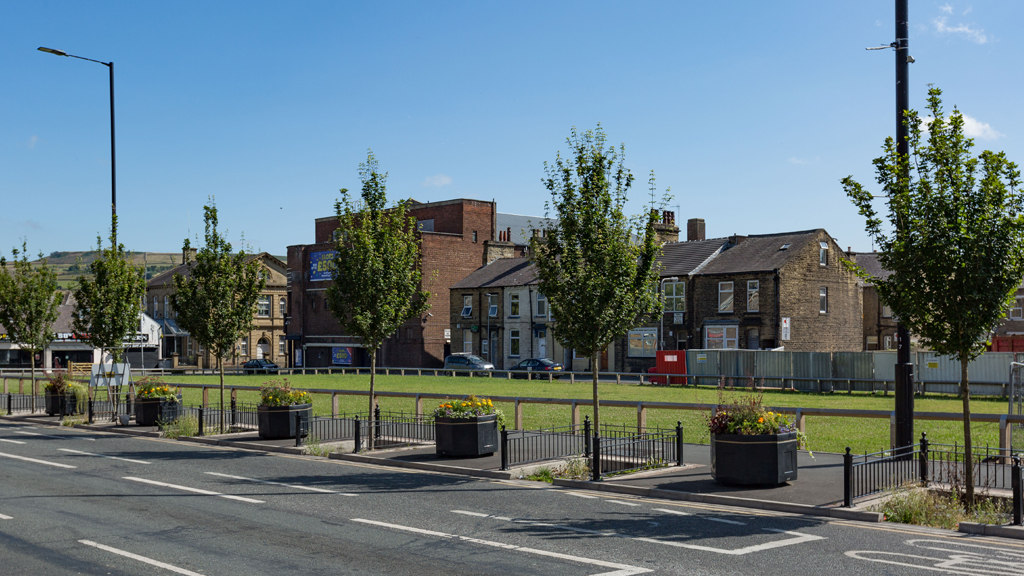Pollutants from our urban runoff reaching our oceans is becoming a global problem. Even the most remote areas of the world are seeing washed up detritus – much travelling thousands of miles before being deposited on far away beaches. But what about the pollutants that don’t get washed up?
Some of these elements break down naturally; certain chemicals and hydrocarbons are broken down by bacteria and sunlight, but many do not. Heavier than water particles tend to settle into the sediment at the bottom of our seas and watercourses. The problems then begin.
If these pollutants stayed in the sediment as inert, that might not be a worry, but when these become liberated by storms or heavy rainfall, these free pollutants can enter the food chain. Whilst farm runoff can bring issues with nitrates and slurry entering watercourses, which can cause various problems including algal bloom, unoxygenated water and thus a loss of water life, these are normally limited to inland waterways.
In particular, microplastics (which are found in various sizes but all less than 5mm in size) have been found present in fish all over the world. Whilst the full implication of this is yet to be fully understood, it is thought that these plastics could be carcinogenic. Extensive research by universities has showed that microplastics are present both upstream and downstream of wastewater treatment plants, indicating that there are various ways in which these are entering our rivers. Water treatment plants don’t have a great track record of removing the smallest plastic particles, although some claim a removal rate of up to 98%, this still leaves huge amounts of plastics being discarded into rivers and streams.

Like most global problems, the solution is local; we need to stop these pollutants getting into our watercourses in the first place. To do this we must understand the main sources, which are largely related to the urban environment. Microplastics are divided into two categories; Primary and Secondary. Primary microplastics are either voluntary additions to products such as scrubbing particles in cleaners, gels and cosmetics, or from the wearing or abrasion of larger objects such as tire wear, abrasion dust from manufacturing or release of fibres during garment washing. Secondary microplastics come from the degradation of larger items by weather, photodegradation and other environmental processes. Often these processes happen out at sea, and include the losses of fishing nets, discarded plastic bags and bottles and other plastic debris.
The two largest sources of land based microplastics are car tire wear and the laundering of synthetic materials; these two elements make up to 70% of all primary microplastics in our watercourses. The clue to stopping these small pollutants travelling further is to attempt to catch them at source.
At least 10 studies since 2014 by academics and environmental consultancies cite particles generated by friction between tires and the road as one of the biggest sources of microplastics – fragments less than five millimetres long – being released into the environment.

Sustainable drainage systems have been shown to be effective at capturing these tiny pieces of plastic and holding these inert in a healthy soil with good plant growth is a cost-effective option. In the London Borough of Hammersmith and Fulham, some retrofit GreenBlue Urban ArborFlow tree pit installations have been fitted in urban streets cleaning up the runoff before it takes the pollutants any further. As the plants become more established, the filtration effect seems to be greater – the symbiotic relationship between the plant roots and the below ground microbiological activity working 24/7 to cleanse and filter the runoff for all humanity. Current investigations are indicating a microplastic removal rate of in excess of 95%, but research is continuing.

Long term we need to reduce our reliance on these materials. Vehicle tires need to be redesigned to use more natural rubber, and we all need to consider whether it is sustainable to clothe ourselves with synthetic materials.
